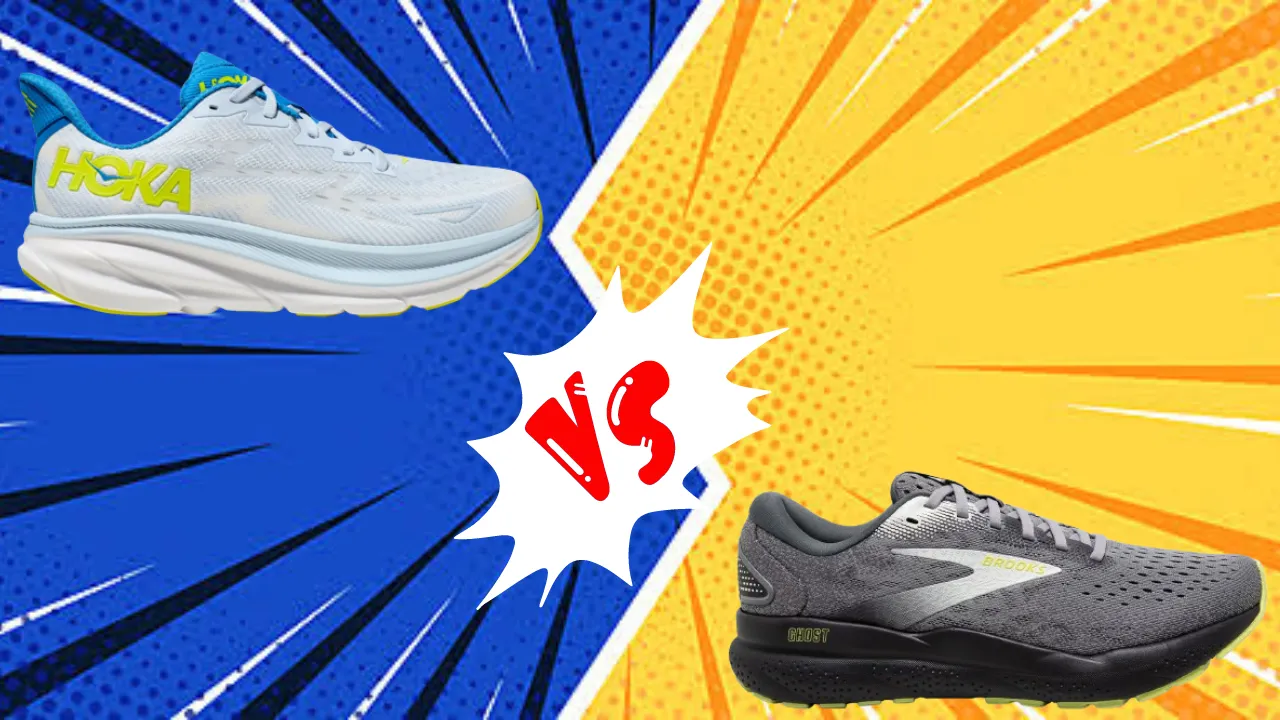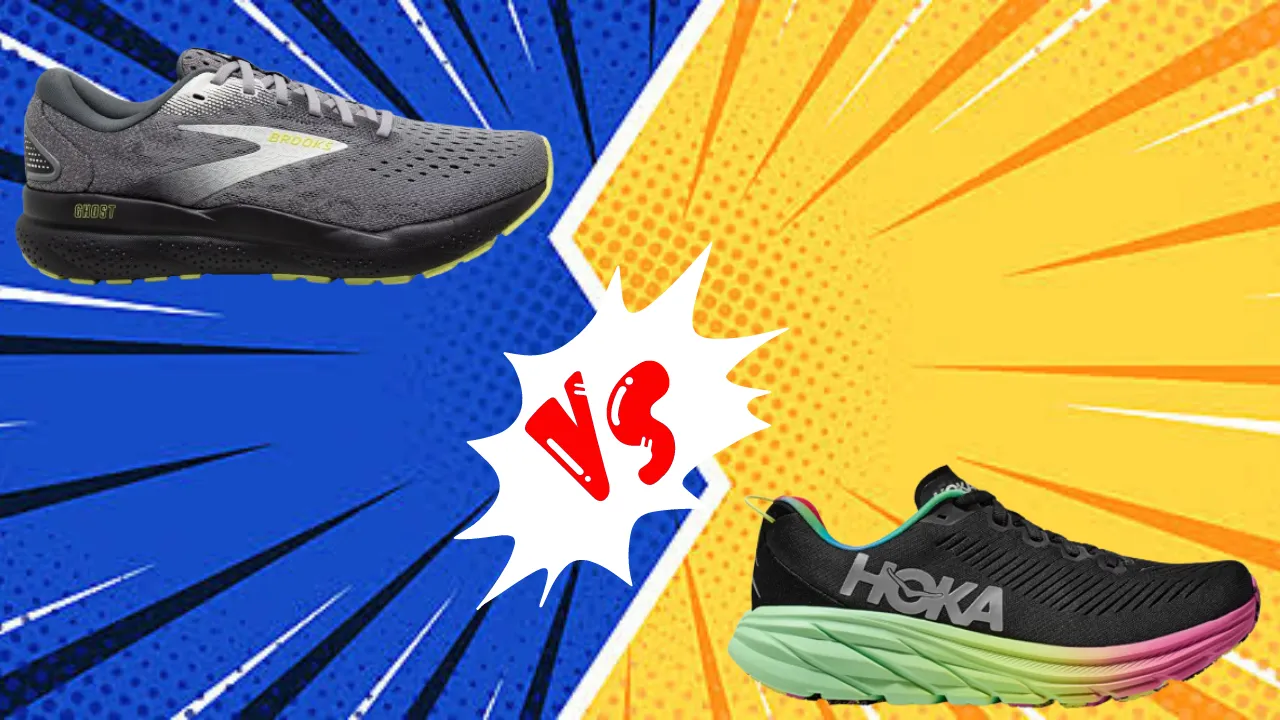Are Converse Good for Running?

Converse Chuck Taylor All-Stars, with their flat rubber soles and iconic style, have been popular casual shoes for over a century. But are they suitable for running? This comprehensive guide examines if Converse are good running shoes based on factors like comfort, support, durability, and safety.
Comfort And Cushioning
Running puts a lot of repetitive impact on your feet and legs that requires proper cushioning. Converse lack any real cushioning technology in the sole. The thin flat rubber sole allows you to feel every step on hard surfaces.
This can get very uncomfortable during longer runs. Even with added insoles, the canvas upper lacks structure and allows your foot to slide around causing blisters or instability.
Most running shoes now use ethylene-vinyl acetate (EVA) or springier foams to absorb impact. Some have gels or air pockets for extra shock absorption. The best even use carbon fiber plates for energy return.
Compared to modern running shoes, Converse comes up extremely lacking in terms of comfort and protection.
Support
Good running shoes need to lock your heel in place and provide some arch support to reduce injury risk. Converse shoes have a flat basic insole so they fail to properly support or stabilize your foot.
The upper canvas material also stretches easily allowing your foot to slide around inside the shoe as you run. This lack of support increases the risk of sprained ankles and plantar fasciitis. Running shoes focus heavily on support features like external heel counters and medial posts to improve stability.
Durability
Running shoes need to be durable enough to withstand several hundred miles of use without wearing out. Converse are fairly durable casual shoes thanks to their vulcanized rubber soles. However, constant pavement pounding takes a toll quickly on running shoes.
Most running shoe outsoles use higher quality carbon rubber that’s engineered for resilience. They also have thicker midsole foams that retain their shock absorbing properties longer. Converse lack any real midsole cushioning so the minimal sole wears down fast with running. Higher mileage runners need specific shoes designed to handle repeated road impact.
Traction And Grip
Good traction and grip are necessary to handle varied outdoor terrains safely. Converse perform adequately on smoother surfaces thanks to decent rubber grip. But they’re not designed with aggressive lugs or grooves for multi-terrain use.
Running shoes balance flexibility with protective stability features. Durable carbon rubber outsoles use shaped lugs or special patterns to handle roads, trails, and wet conditions.
Most Converse soles will wear too smooth quickly reducing wet/winter traction. The minimal grip also makes trail running risky with Converse.
Injury And Safety Risk
Perhaps most importantly, Converse lack the protective features to make them safe running shoes. Repetitive impact without proper shock absorption risks injury over time to joints and tissues. Plantar fasciitis, shin splints, knee/back pain, and stress fractures are not uncommon with unsuitable running shoes.
Running on uneven or slippery terrain without traction and stability risks sprained ankles or twisted knees. Minimalist shoes may work for some forefoot strikers on soft surfaces.
But most runners need structured shoes with ample cushioning for hard roads. Converse for running simply carries too much potential for painful or severe injuries over time.
Verdict – Not Recommended For Running
Based on the above downsides, Converse Chuck Taylors should be considered highly unsuitable and even risky as running shoes. While nostalgic and stylish, they lack the critical protective technologies modern running shoes focus on most – comfort, support, stability, and shock absorption.
If you want great looking casual sneakers for everyday wear, Converse are fine. But for running purposes, choose proper specialized running shoes matched to your foot type and running surfaces.
Prioritizing safety and injury prevention is key to long term running consistency and performance. Consider Converse strictly lifestyle shoes unfit for athletic activity despite their sporty styling.
Frequently Asked Questions (FAQs)
Here are answers to common questions about running in Converse:











